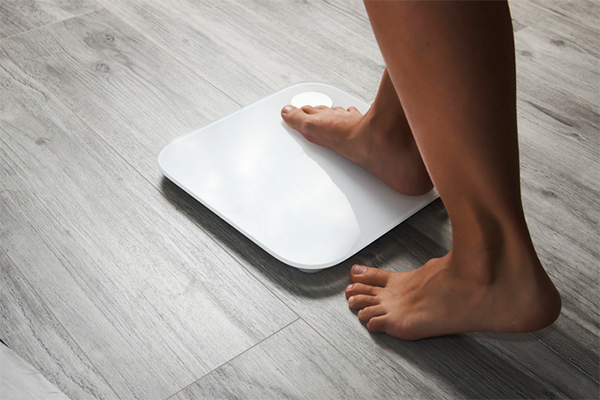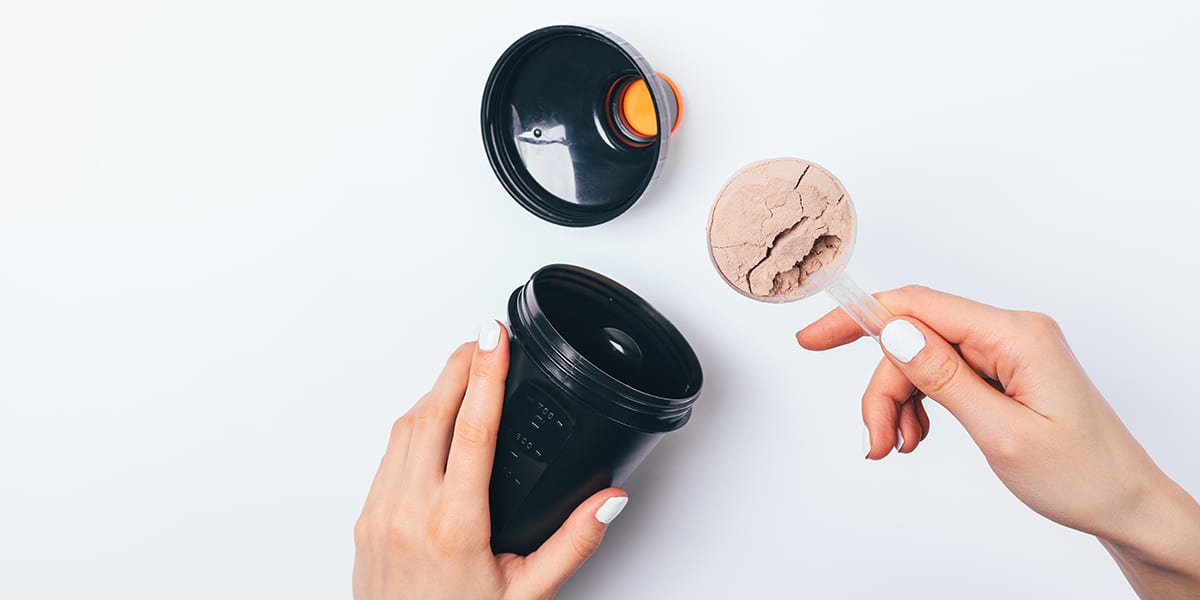When you’re working out to lose weight, it’s easy to get caught up in the number on the scale.
But that’s an unreliable marker of progress that only reflects total weight, not its composition (i.e. the ratio of lean mass to fat mass).
When overemphasized, preoccupation with pounds can lead to excessive calorie cutting and, ultimately, muscle loss.
Thanks to the fad diets and get-fit-quick schemes that fill social media feeds these days, many of us lose both fat and muscle when we drop weight — but it doesn’t have to be that way.
Consider the following signs that you’re also losing muscle as warnings that it’s time to reassess your weight-loss strategy in favor of a muscle-friendlier, more sustainable one.
1. Your Gym Performance Plateaus (Or Worse)
Does your workout routine feel harder than normal? Are you unable to lift as much weight as usual in several successive workouts?
Everyone has off days, but if you’re consistently underperforming, that might be a sign that you’re losing muscle mass, says Marley Oldham Carnes, M.S, R.D., C.S.C.S., CF-L1.
“If you want to lose weight while maintaining muscle, start keeping a training log so you can ensure you aren’t losing strength,” she says.
2. You’re Losing More Than a Couple of Pounds Per Week
The average person can sustainably lose somewhere between one and two pounds per week, says Oldham Carnes.
If you’re losing more than that, you could be losing muscle and water weight in addition to fat.
Also worth noting: If you’re using some sort of diet program or product that promises faster weight loss than this healthy range, abandon ship, warns Oldham Carnes.
3. You Feel Sluggish Throughout the Day
When you lose muscle mass, more than your workouts suffer. “You might also lack overall energy and feel tired, sluggish, and less motivated,” Oldham Carnes says.
Often, the crash dieting, excessive cardio, stress, and inadequate protein intake that contribute to muscle loss also cause (or exacerbate) mood and energy issues.
How to Be Sure You’re Losing Muscle Mass
That said, the one true way to identify whether or not you’re losing muscle is to measure your body composition.
The most accurate ways to measure your muscle versus fat involve some pretty fancy techniques (like x-ray scans called DEXAs or underwater weighing), says Oldham Carnes.
However, your local gym, university, or doctor’s office may have a body composition scale that can give you a general idea of your progress.
How to Keep Muscle While Losing Fat
“In order to lose weight and maintain muscle mass, we must employ an appropriate exercise plan that includes strength training, consume a balanced diet with adequate protein, and avoid too large a calorie deficit (calories burned versus calories consumed),” Oldham Carnes explains.
1. Eat enough protein
Eating too little protein — or too few calories overall — can force your body to break down muscle tissue. (Not to mention mess with your energy, mood, and overall health.)
That’s why personal trainer Lisa Reed, MS, CSCS, USAW, recommends consuming 20 to 30 grams of protein at every meal — and to incorporate small snacks.
“This way, you’re less hungry and less likely to overeat, have more stable blood sugar and energy, and provide your muscles the nutrients they need to grow,” she says.
Daily recommended protein intakes vary, but most people should try to consume about 0.8 grams of protein per kilogram of body weight.
Those grams necessarily go up with increases in activity, so regular exercisers should eat more.
2. Strength train
To build muscle, you have to challenge your muscles, so make sure that strength training is a part of your workout program. (The American College of Sports Medicine recommends at least two to three sessions per week.)
3. Log meals and workouts
Finally, to ensure you’re consuming ample calories, track your food and activity in order to keep your calorie deficit to 500 calories or less, suggests Oldham Carnes.
This way, you’ll create enough of a deficit to see results without pushing into muscle-wasting territory.




